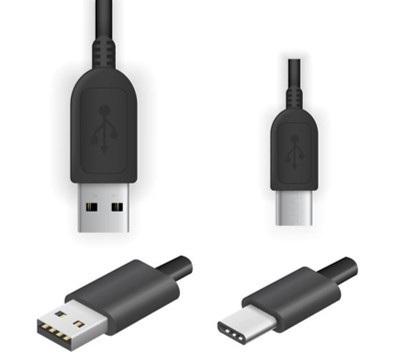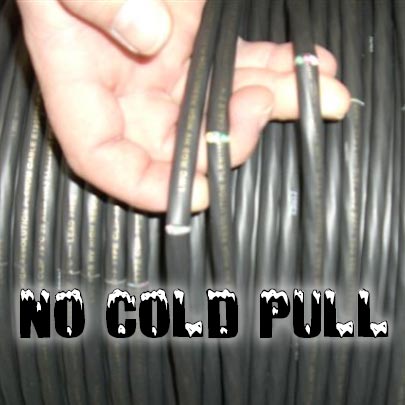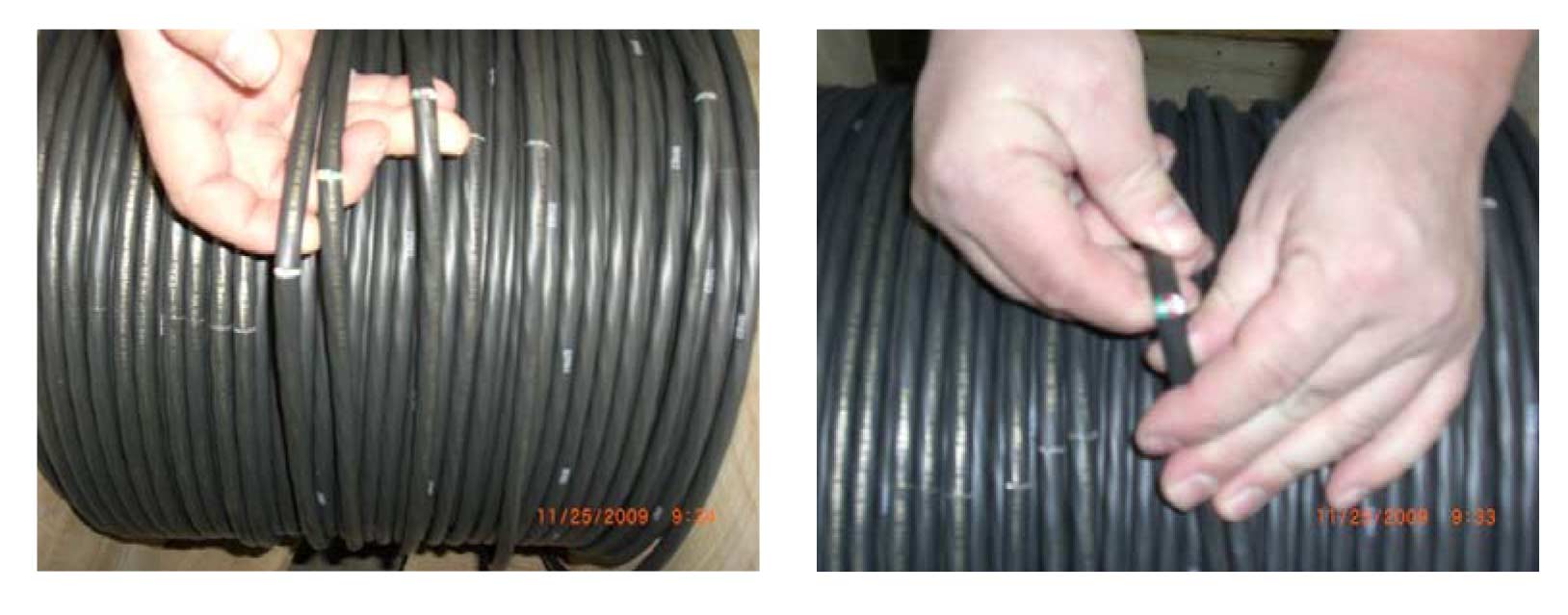TO USE 4K OR NOT TO USE 4K - THAT IS THE QUESTION
Are you having issues with your DisplayPort Adaptors working properly? It may be the resolution of your devices. Or it may be whether your cable is built for 4K or not.
4K ADAPTERS ARE POWERED
To adequately deliver 4K content to your screen, our DisplayPort adapters require power. Therefore, they must be plugged directly into a source with adequate power. If you are using a laptop, ensure that it is on line power and not on battery power. These adapters draw nearly a full watt of power when active.
Read More
Topics:
HDMI,
4K,
DisplayPort,
Adapter Ring,
hdmi adapter ring
USB-C connectors can lead to a lot of confusion. But a few simple tools and tricks can help ensure consistently good results. Normally, when you see a jack on a piece of equipment, it is what it is. For example, an HDMI® jack is for HDMI® video. VGA is for VGA video, and so on.
Read More
Topics:
BYOD,
USB-C,
bring your own device,
USB,
hdmi adapter ring
‘Tis the Season for the dreaded “Cold Pull”. During the winter months Liberty typically sees claims of cable jackets cracking and splitting from customers. In almost every instance the product exhibits splits and cracks every couple of feet. This is not a defective cable but is an example of incorrect installation procedure by the installer. Plenum compounds are very stiff due to the additions of chemicals to prevent flame spread and smoke generation. Cold temperatures cause this to become very brittle and when the cable is flexed – the jacket shatters and/or cracks as shown below:
Read More
Topics:
Technical Bulletin,,
plenum,
cold,
cable cracking,
plenum cable,
cold weather
100-Ohm twisted pair cabling has come a long way since the first launch of the 568 standard. Categories 1, 2, 4, and 5 are obsolete. Category 3 hangs on by a ripcord and Category 5e has already lost its market lead to Category 6. Category 6A is moving out of data centers and demand is increasing for even higher performing cables. Category 7 is officially skipped in the US market and Category 8 is in the ratification process.
Read More
Topics:
UTP,
twisted pair,
cat 6,
cat 6a,
cat 7,
cat 8,
PoE,
cat 5e,
HDBaseT,
STP,
FTP
First thing, full disclosure and the honest truth – there is no such thing as a “Category 7”. However keep reading!
In the USA, the highest official Category rating is 6A (Category 6 Augmented). Category 6A is a 10 Gigabit Ethernet infrastructure cable officially certified to 500 MHz. It can be shielded or unshielded.
In Europe there are two twisted pair ratings above Category 6A, namely ISO 11801 Class F and Class FA. Class F cable is nicknamed “Category 7” in the US. Class FA has been called Category 7E or Category 7A. The true Category 8 standard is in discussion at this time and has not been ratified. All of these cable are shielded, usually with multiple shields.
Read More
Topics:
cutting edge tech,
‘Tis the Season for the dreaded “Cold Pull”. During the winter months Liberty typically sees claims of cable jackets cracking and splitting from customers. In almost every instance the product exhibits splits and cracks every couple of feet. This is not a defective cable but is an example of incorrect installation procedure by the installer. Plenum compounds are very stiff due to the additions of chemicals to prevent flame spread and smoke generation. Cold temperatures cause this to become very brittle and when the cable is flexed – the jacket shatters and/or cracks as shown below:
Read More
Topics:
Technical Bulletin,




